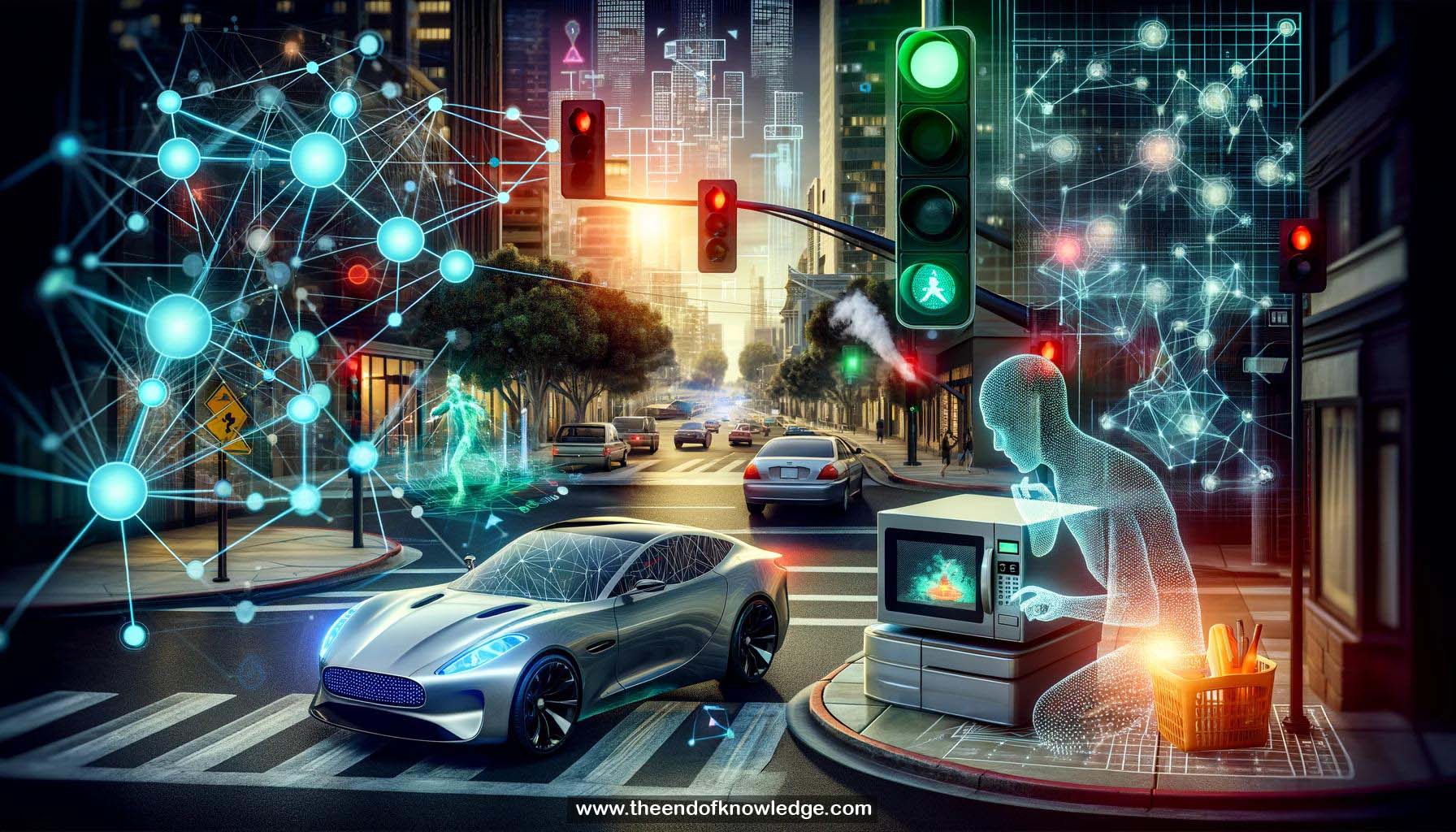 >
>
Concept Graph & Resume using Claude 3 Opus | Chat GPT4o | Llama 3:
Resume:
1.- CNNs and RNNs have been successfully applied to spatial and temporal understanding, but don't capture rich spatio-temporal structures in the real world.
2.- Objects in a scene have correlated states and interactions that propagate across space and time, which humans exploit but algorithms often don't.
3.- Prior knowledge about spatio-temporal interactions can be incorporated into the design of learning algorithms to improve reasoning about what will happen next.
4.- Structural-RNN provides a principled way to inject high-level spatio-temporal structures into neural networks, combining the benefits of structured models and deep learning.
5.- Most previous structured deep learning approaches are problem-specific or don't address applications with both rich spatial and temporal interactions.
6.- Structural-RNN transforms a user-defined spatio-temporal interaction graph capturing algorithmic priors into a rich structure of recurrent neural networks.
7.- Benefits include combining structure with deep learning, simple feed-forward inference, end-to-end training, and flexibility to modify the spatio-temporal graph.
8.- The spatio-temporal graph's nodes represent problem components, edges represent interactions. Features are carried on nodes and edges at each time step.
9.- Factor graphs are used as an intermediate representation. Node factors are defined for each node, edge factors for spatial and temporal edges.
10.- Semantic groupings of nodes allow sharing factor functions, improving scalability. Factor nodes of the same type share functions as the graph unrolls.
11.- Factor nodes are parameterized by RNNs - node factors become node RNNs, edge factors become spatial and temporal edge RNNs.
12.- Node RNNs combine contextual information to predict labels. Spatial and temporal edge RNNs model evolving interactions over time.
13.- RNNs are wired into a bipartite graph structure, with edge RNNs modeling individual interactions and node RNNs combining them to make predictions.
14.- The approach is generic and can be applied to any spatio-temporal graph. Training uses edge features as RNN inputs to predict labels.
15.- Structural-RNN is demonstrated on diverse spatio-temporal problems with different data modalities - human activity, human motion, and driving maneuver anticipation.
16.- Human motion has a graph structure of interacting body parts generating complex motions. Joint angles are node features.
17.- A motion capture dataset was used to train the model to predict the next frame given the current one.
18.- Structural-RNN generates more natural and realistic looking predicted motion compared to baselines like ERD and LSTM.
19.- Analysis revealed semantic concepts encoded in the learned RNN memory cells, such as right arm cells firing when moving the hand near the face.
20.- Other semantic cells were found corresponding to left and right leg motion, activating when the respective leg moved forward.
21.- The high-level priors in the spatio-temporal graph allow manipulating the structure of the learned neural networks in interesting ways.
22.- Leg RNNs from a slow motion model were transferred into a fast motion model, generating novel combinations of motion patterns.
23.- Such high-level manipulations are not possible with a single unstructured giant neural network.
24.- Impressive results were also obtained on the other applications of human activity recognition and driving maneuver anticipation.
25.- The Structural-RNN approach provides a generic, principled way to transform spatio-temporal graphs into structured recurrent neural networks.
26.- Factor graphs serve as an intermediate representation in the transformation from the interaction graph to the RNN structure.
27.- The approach is scalable due to the ability to share factors, reducing the number of learnable parameters.
28.- Models can be trained end-to-end to learn features from scratch, or can incorporate hand-designed input features.
29.- Source code for the Structural-RNN approach has been made publicly available online.
30.- Structural-RNN allows injecting high-level spatio-temporal structures and priors into deep networks and demonstrates benefits on several diverse problems.
Knowledge Vault built byDavid Vivancos 2024